Flexitarian Life
- Posted on
- In Food
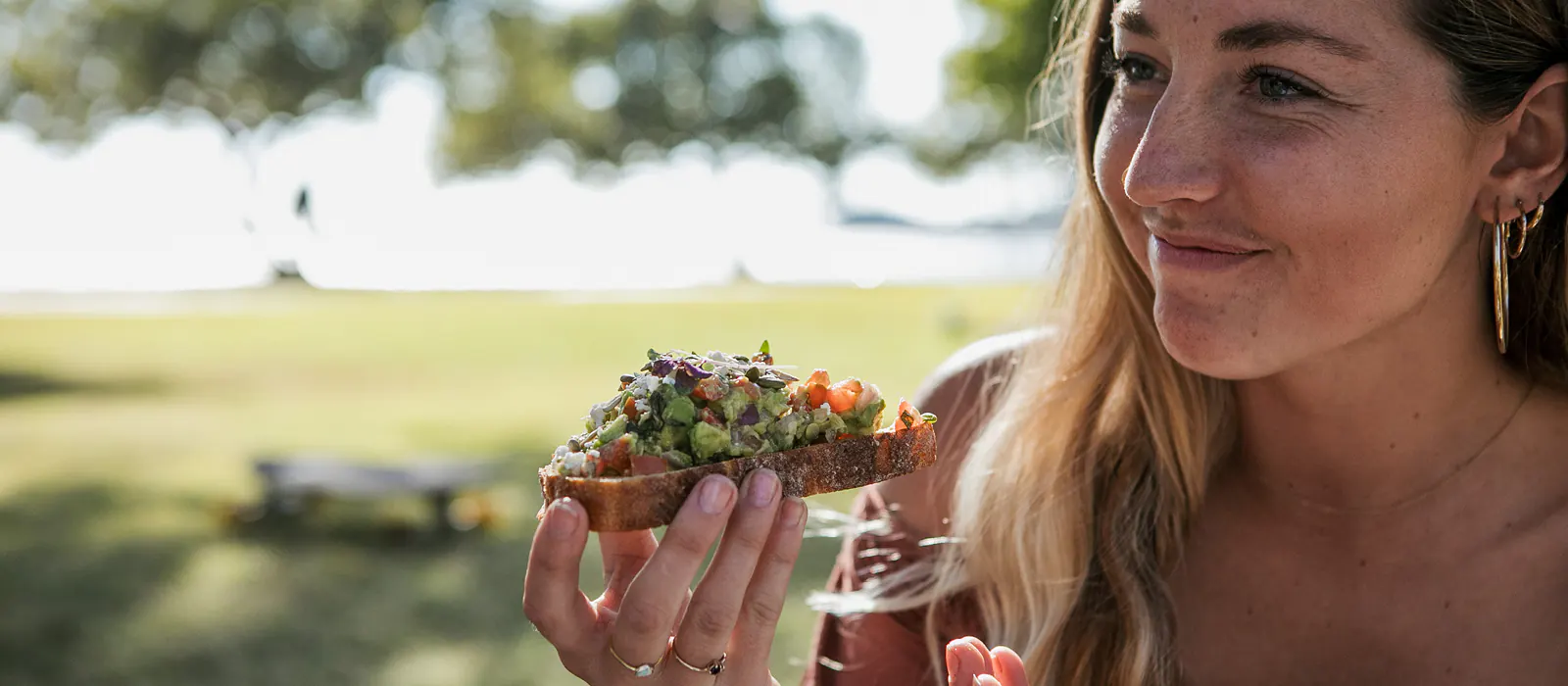
You’re not alone if you’ve found yourself confused when reading all the different dietary labels on menus and in magazines – we hear you! From vegan all the way to flexitarian, we are here to break down some of the most common dietary labels.
Flexitarian
The Flexitarian Diet is the new kid on the block – and for a good reason! A flexitarian is someone who consumes a predominantly vegetarian diet; such as wholegrains, legumes, nuts, seeds, fruits and vegetables, whilst consuming meat and other animal products sparingly and at their own leisure. The Flexitarian Diet is for those who don’t like to follow the rules, and eat intuitively. Think of The Flexitarian Diet as being the Vegetarians’ rule-breaking older cousin.
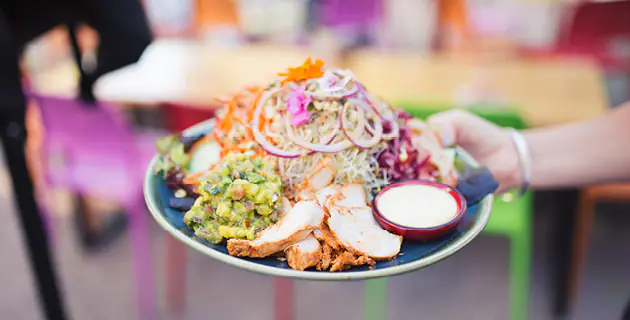
Vegetarian
The Vegetarian Diet encompasses plant-foods as the foundation, focusing on wholegrains, legumes, nuts, seeds, fruits and vegetables, whilst allowing for the consumption of dairy products and dairy derivatives, such as cheese and eggs.
Vegetarians completely exclude meat, fish or poultry from their diets. Unlike the Flexitarians, Vegetarians never stray from their no-meat policy – you could say they’re the goody-two-shoes of the dietary family (much to the Flexitarians dismay).
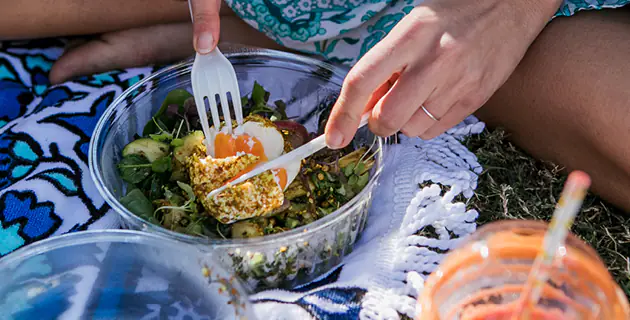
Vegan
A Vegan Diet consists of entirely plant-based foods; focusing on wholegrains, fruit, vegetables, nuts, seeds and legumes. Vegans explicitly eliminate the consumption of animals, inclusive of their meats and derivatives. Vegans have a strict rulebook they like to follow, but fear not, what Vegans lack in animal products, they make for in plants.
Whilst at first, introducing Vegan food kind of feels like you’re being forced to hang out with your weird-cousins-from-the-country you never liked, Vegan foods are quite diverse and are full of flavour (unlike said cousins), think cauliflower tacos, date caramel, and milks made from nuts! (Whaaat?!)
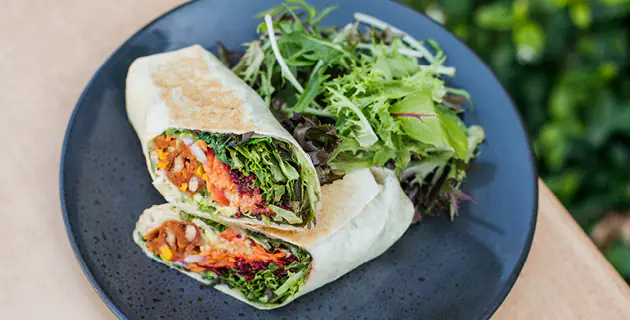
Pescatarian
A Pescatarian Diet, similarly focuses on the inclusion of wholegrains, legumes, nuts, seeds, legumes, fruits and vegetables as the main component of the diet. The key point of difference is that Pescatarians consume seafood and fish as their exclusive source of animal protein, as well as dairy and eggs.
Pescatarians look to include fish, at a minimum of twice per week, whilst ensuring their diet is well-rounded with a foundation of plant-based foods. The Pescatarian Diet is sort of like your sister who is going through an edgy-phase (albeit, she’ll tell everyone ‘it’s not a phase!’) They have their own thing going on by exclusively eating fish as their source of animal protein, but still rely on the safety net of consuming plant-foods like everyone else.
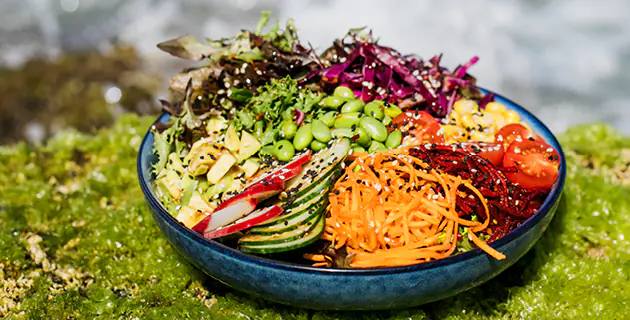
The common thread that marries these diets together, is the emphasis of utilising plant-based foods for the basis of each diet. So, what’s all the fuss with plants?
Other than containing an abundance of vitamins and minerals, plant foods contain Dietary Fibre. The consumption of dietary fibre is associated with lower risks of heart disease, stroke, type-2 diabetes, bowel cancer, and inflammation.
Not only is dietary fibre associated with an increase in positive health outcomes, consuming a high-fibre diet is also essential for optimal gut health, after all – fibre is the food for our good gut bacteria! Ensuring we are providing our gut bacteria with a diverse range of plant foods is associated with a healthy digestive system and reduced inflammation.
So no matter which family member you identify with, the most important takeaway is to eat more plants!
Whether you decide to dabble with a Pescatarian Diet or head straight for the Flexitarian Lifestyle, introducing more plants into your diet will provide you with a wealth of health benefits, and hey, who knows, maybe you and those weird-cousins-from-the-country have a lot more in common than you originally thought.